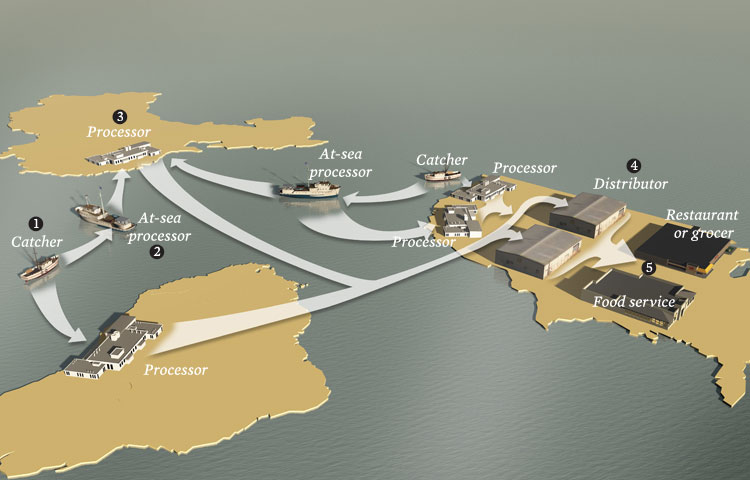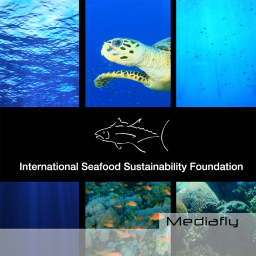12% of land is protected, while only 2% of the sea is protected. That’s not proportional when you think that the ocean takes up over 70% of our planet.
Please watch this incredibly creative, punchy, entertaining, and most importantly, inspiring video from One World One Ocean. I was inspired enough to want to share it with you.
“We are the luckiest generation because we know how to solve the problem. All it takes is will.” Sylvia Earle
Hat tip to Kate Martin @GroovyGrapevine for this one!













What people are saying …